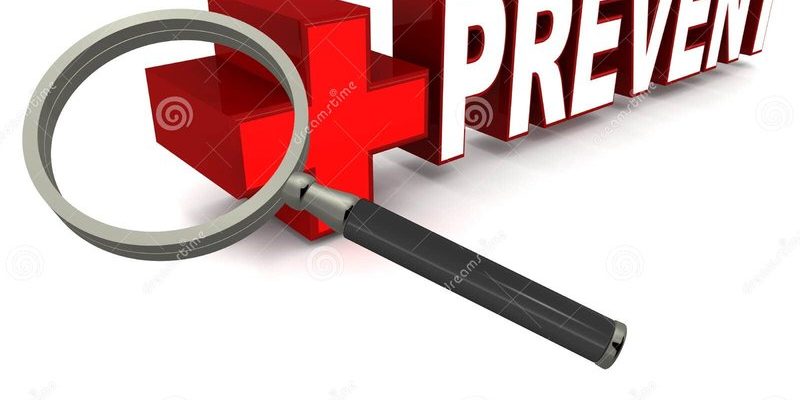
When your Samsung washer displays the E3 error code, it’s essentially trying to tell you there’s an issue with the motor. Imagine it being like your car’s check engine light coming on. It’s a sign that something isn’t quite right under the hood. Rather than a major mechanical failure, though, it’s frequently related to overloading the machine or issues with the machine finding its balance. Just like you wouldn’t overpack a suitcase to the point where it can’t zip, your washer needs to have room to breathe to operate correctly.
Understanding Error Code E3
To fully get the picture of the E3 error code, it’s crucial to understand what your washing machine is trying to communicate. Simply put, Error Code E3 is an alarm raised by the machine when it encounters a problem with the drum motor or if the load inside the machine isn’t balanced. Think of it as a warning before something more serious happens.
The causes can vary – sometimes it’s just too many clothes crammed into the drum, making it hard for the machine to spin correctly. Other times, it might be that one side is heavier than the other, preventing an evenly distributed spin. Imagine trying to twirl with a backpack on one shoulder; it’s a lot harder to keep your balance this way, right?
Often, the solution is as simple as reducing the load size or rearranging the clothes so they’re more evenly spread out. However, consistent errors might point towards underlying mechanical issues like worn-out belts or a faltering motor. These issues warrant a more thorough investigation or even professional service. By resolving these concerns promptly, you help extend the overall lifespan of your washer.
Common Causes and Their Prevention
So, what leads to this pesky E3 error, and how can we tackle it head-on? Typically, the main culprits include overloading the washer, uneven distribution of laundry, or mechanical issues with the machine itself. It’s akin to trying to run with untied shoelaces—you might manage for a bit, but eventually, it trips you up.
First, let’s talk about overloading. Most of us are guilty of trying to squeeze in one extra item of clothing, thinking it won’t matter. However, overloading can actually prevent the drum from spinning properly, leading to the E3 error. The solution? Keep it moderate. A good rule of thumb is to leave a hand’s width of space at the top of the drum. This small adjustment can make a big difference and prevent that overstuffed suitcase problem we discussed earlier.
Secondly, consider how you’re loading your laundry. It might be tempting to toss everything in haphazardly, but uneven weight distribution can be problematic. Picture having weights only on one side of a seesaw—without balance, the function is compromised. Instead, try to distribute clothes evenly around the drum. This practice ensures that the machine can spin smoothly without wobbling or straining.
Finally, for any mechanical issues, regularly check for wear and tear. This includes inspecting the drive belt, motor, and other internal components. Conducting routine maintenance or calling in a professional for annual check-ups can save you from unexpected breakdowns and ensure your machine stays in top shape longer.
Steps to Rectify and Prevent Future Occurrences
Now that we’ve discussed the causes, let’s shift gears to concrete steps you can take to prevent the E3 error from occurring in the first place. Prevention is always better than cure, and with a few proactive measures, you can keep your washer running smoothly, just like a well-oiled machine.
The first step is routine inspection and cleanliness. Keeping your washing machine’s filters clean and ensuring the drum is free from debris not only prevents blockages but also aids in smooth operation. Much like you’d maintain cleanliness in a car’s engine for optimal performance, giving your washer regular care checks keeps it running efficiently.
Secondly, developing a proper loading routine is crucial. By paying attention to the load size and how clothes are distributed, you’re taking significant steps to avoid errors. Treat your washing machine with the same care as you would when packing a fragile item; distribute the weight evenly and ensure ample space for movement.
Lastly, a consistent maintenance schedule acts as insurance against sudden failures. Just like how regular car check-ups prevent sudden breakdowns, regular washer inspections can catch issues before they escalate into significant problems. If you’re unsure where to start, Samsung provides user manuals and customer support for guidance. Keeping the manufacturer’s support contacts handy could also be beneficial for quick queries or arranging servicing.
In conclusion, while the Samsung washing machine error code E3 can be an unwelcome guest, it’s one you can handle by understanding its language and taking preventive measures. By approaching your laundry routine with a mindful and balanced perspective, maintaining the machine well, and not hesitating to seek professional help when needed, you can prevent this error from becoming a regular headache. Here’s to error-free washes and carefree laundry days!
